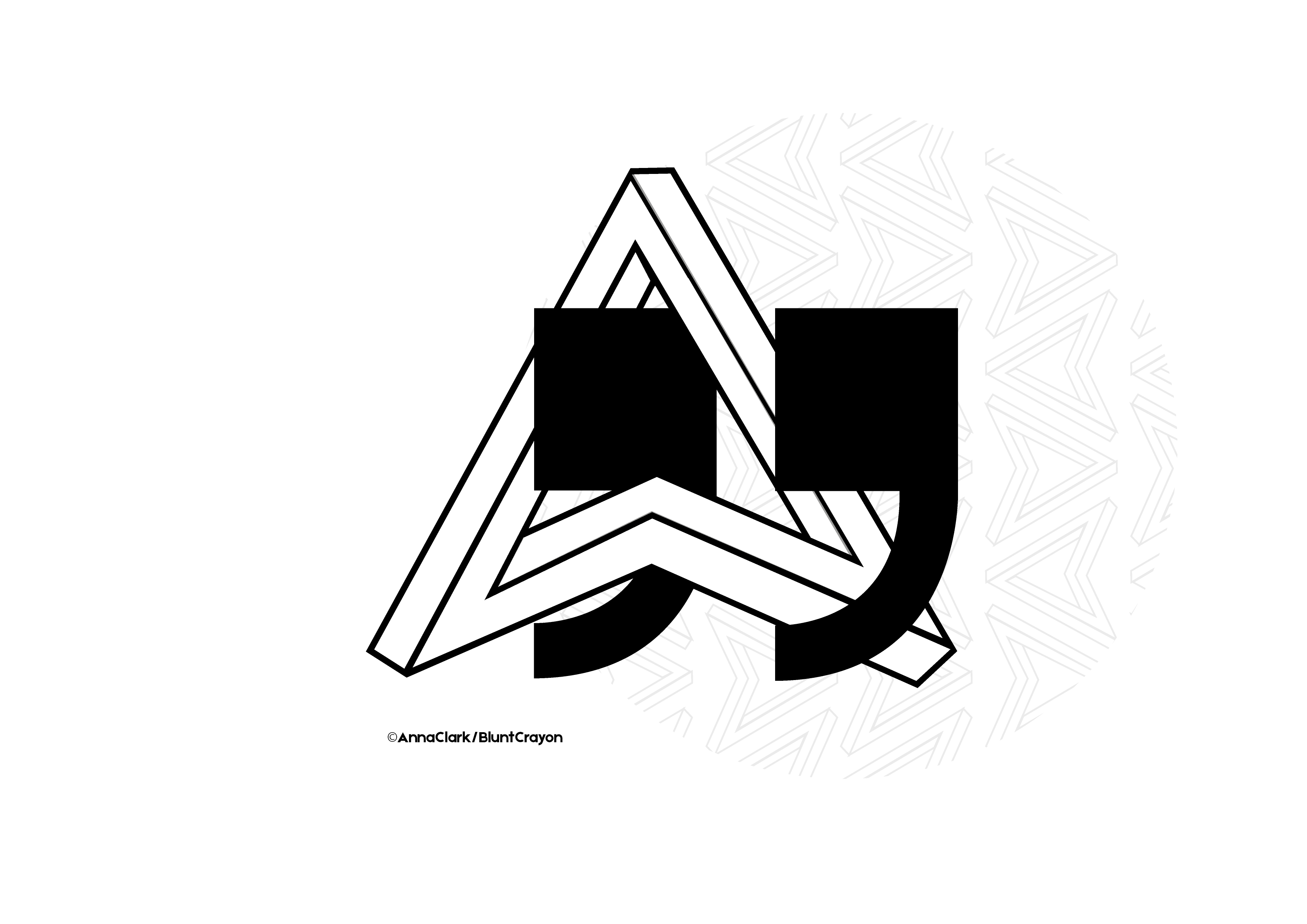
After a few weeks in the mountains, disconnected from the networks and other notifications, I returned to the virtual planet. There, depressing alerts and pictures are blooming: melting glaciers, dried lakes, rock slides and ice falls accelerated, overfrequentation on touristic sites. The disaster scenario is underway.
Sad mood at Alpine Mag editorial staff. The big summer ascents have changed their look. Some are not recommended anymore or have been withdrawn from the catalog by the guide companies, others have to be reconsidered in terms of difficulty, commitment and time.
Mountaineering : an old-fashioned but modern discipline? Here in the long descent of the Whymper spur on the south face of the Grandes Jorasses. ©Ulysse Lefebvre
On the Rochefort ridge, on the way to the Grandes Jorasses, we stopped counting the number of times we put on/off our crampons. No more trace of the immaculate ridge, hemmed with its fleshy cornice that used to be the highlight of mountain photographs not so long ago. Today, we cling to the remains of snow browned by the dust and sand that fell this winter from sirocco. When we do not advance on edges of crumbled rock, freshly appeared. Then again a vestige of snow etc. On the spot, François Damilano notes bitterly: “The joyful mountaineering of Gaston Rébuffat no longer takes place here. We are climbing in the middle of the anthropocene“.
So what? Would the mountaineer be a tourist of the last chance in spite of himself? And has he always been? A climber of the very last chance then. Doesn’t he seek to find landscapes at altitude that exist nowhere else, atmospheres of bygone eras, the harsh conditions of another time? Climbing or walking up there, is it not a way to get away from the hustle and bustle of mankind, where his influence has not yet had any visible effect?
the mountain is floundering
We have to admit that it is over. Of course, rocks and seracs have always fallen in summer. But this unusual season seems to mark a sad milestone by the number and intensity of the phenomena. In the Alps, from the Glacier Blanc in the Ecrins, to the Grandes Jorasses in the Mont-Blanc, passing by the Aiguilles Rouges nature reserve or the Marmolada glacier in the Dolomites, the mountain is floundering.
Mountaineering is not fashionable and never has been. It is a long, laborious and slow activity. Sometimes risky. Often ungrateful. Thus appears a great paradox. It is at the same time everything that is denigrated in the facts (since some people always privilege a fast and punctual access to the mountain, on a consumption mode), but it is also everything that is praised in the speeches (marketing in particular, but also politics).
So dear friends, let’s climb! Let’s climb slowly! Let’s talk about mountaineering without drums and trumpets, but without any fuss either. Let’s not sulk about a certain pride in traversing the heights without noise. If we are mountaineers of the last chance, it is because there is still a small chance. It is because there is still hope. Let us try to assume, humbly and firmly, the imperious responsibility.


